Year in review: Wallpaper* architecture editor Ellie Stathaki picks top 10 houses from 2021
Wallpaper’s Ellie Stathaki reveals her top 10 house stories of 2021 – from modernist reinventions to urban extensions and idyllic retreats

Bijou or majestic; historical or contemporary; ground-up new-builds or artful renovations – here at Wallpaper* we love a residential project. And we feature a lot of them. Wallpaper* architecture editor Ellie Stathaki looked back over the past year, and picked the top 10 house stories from 2021 for you to read, rediscover and enjoy. There are modernist reinventions, lush retreats, subtle urban extensions, sustainable architecture designs and innovative projects that push the envelope of what a modern house should look like. Scroll down for her selection of the top 10 houses of the year (in no particular order).
Top 10 house stories of the year
01. Belgrade’s daring House for a Craftsman draws squarely on modernist ideas
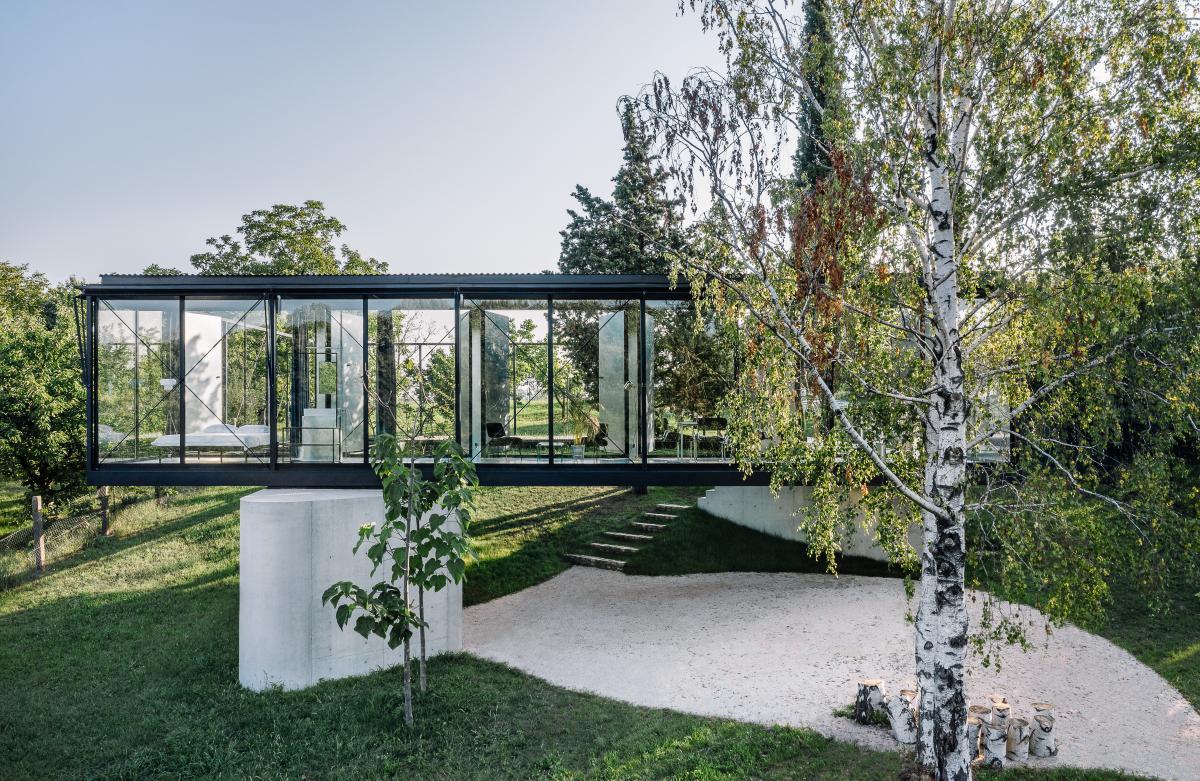
TEN Architects’ House for a Craftsman is that rare object, a piece of experimental architecture that is also a functional family home. Perched on a gently sloping site outside Belgrade, the house draws on modernist ideas and was designed for a local craftsman with a career in interior refurbishment. The new house was to be simultaneously a statement of intent, as well as a functional workbench for ideas, materials and techniques. It also had to be a deeply practical building that could be adapted, repaired and upgraded as the years go by. The architects, Nemanja Zimonjić, together with Ognjen Krašna, Jana Kulić and Miodrag Grbić, worked with the client on the house for over three years, including a year on site. Writer: Jonathan Bell
02. Takero Shimazaki reimagines the cloister typology for a suburban home
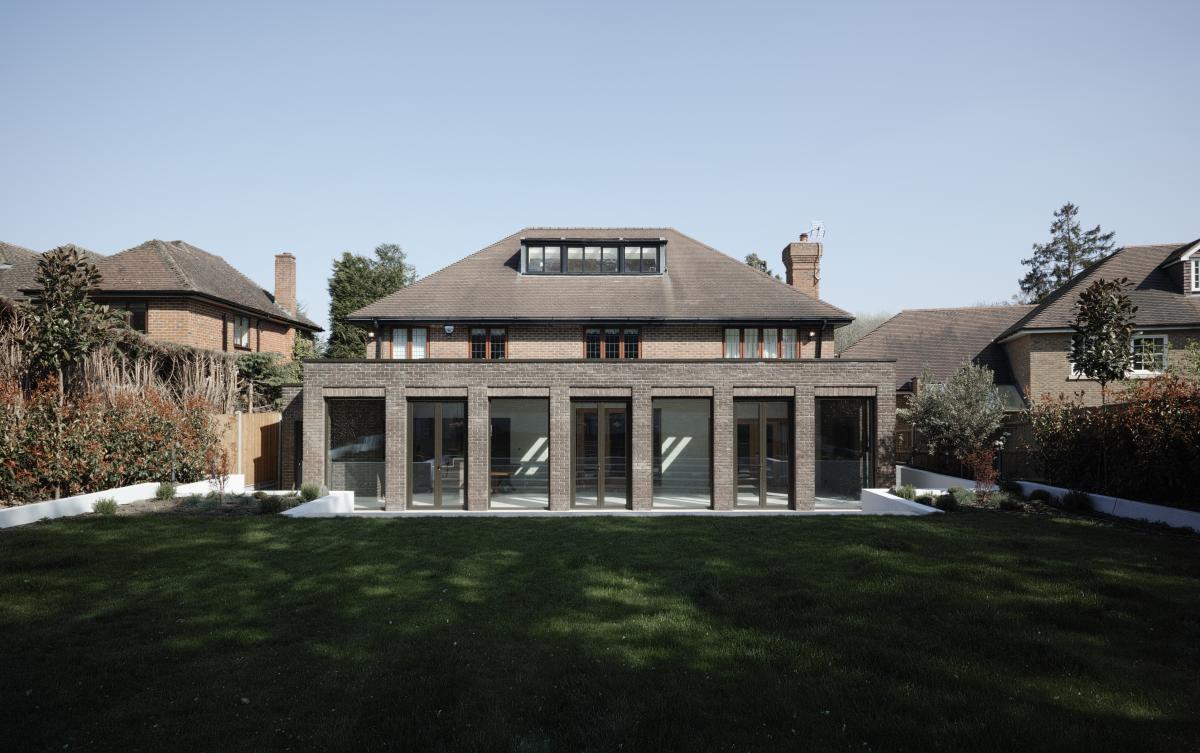
Transforming a typical detached suburban home, with its four bedrooms and compartmentalised rooms and views, into a flowing, open-plan arrangement that features a striking 13m, seven-bay loggia, this project is called A Wall For A House. Created by London-based Takero Shimazaki Architects (t-sa), the design proposes a new suburban cloister typology for a family home. Shimazaki’s new loggia connects what were previously three separate rooms – the kitchen, dining and living spaces. Now, the united space blends four distinct functions: a Tandoor pod, a bar, the central dining table, and a lounge. Writer: Ellie Stathaki
03. Connected pods define Studio Saxe’s Costa Rican jungle retreat

This beachfront Costa Rican house in Santa Teresa was designed in the context of the jungle around it. Its architect, locally based Studio Saxe, made the most of the house’s natural location and the region’s warm climate to create a holiday house that is open to its surroundings and becomes the perfect retreat. The home, named Sirena House, is structured around a series of ‘pavilions’. These host the various residential functions and offer all mod cons. At the same time, they appear light and transparent, designed under a slim roof canopy held up by delicate steel columns that resemble tree trunks and blend easily into the green scenery. Writer: Ellie Stathaki
Receive our daily digest of inspiration, escapism and design stories from around the world direct to your inbox.
04. Chicago upside-down house turns convention on its head

Ardmore House was designed and built for personal use by architects Alison Von Glinow and Lap Chi Kwong of Kwong Von Glinow. Making the most of an overlooked site – a small alleyway at the end of a residential avenue – the architects have pushed the built envelope to the edge of the plot and inverted the traditional house structure. Despite the relatively conventional pitched-roof house approach, the upper floor houses the living space, with bedrooms on the middle floor and stores and utility on the ground floor. The striated façade mirrors the internal arrangement, with a long row of glazing on the upper level and a solid concrete base where the project meets the street. The wooden Accoya cladding comes in two shades, black and grey, further reducing the bulk of the overall volume. The independently accessed basement level is zoned as a multi-functional space, incorporating storage space, room for an office or even a self-contained rental unit. The ground floor is dominated by a large inner courtyard, a gently curving volume that rises right up to the pitched roof and serves as both circulation space, lightwell and informal living space. Writer: Jonathan Bell
05. Inside the world’s first 3D printed house in raw earth

Mario Cucinella Architects has built the world’s very first 3D printed house made entirely from raw earth. Named ‘Tecla’, and built in collaboration with specialists in the field WASP, the structure demonstrates the point where natural materials meet technology and was recently unveiled in Italy’s Massa Lombarda region, near the city of Ravenna. ‘Adopted from one of Italo Calvino’s Imaginary Cities, one that is forever taking shape, the name “Tecla” evokes the strong link between past and future combining the materiality and spirit of timeless ancient dwellings with the 21st-century world of high-tech production,’ say the architects. Writer: Ellie Stathaki
06. Matharoo Associates’ concrete response to multigenerational living in India
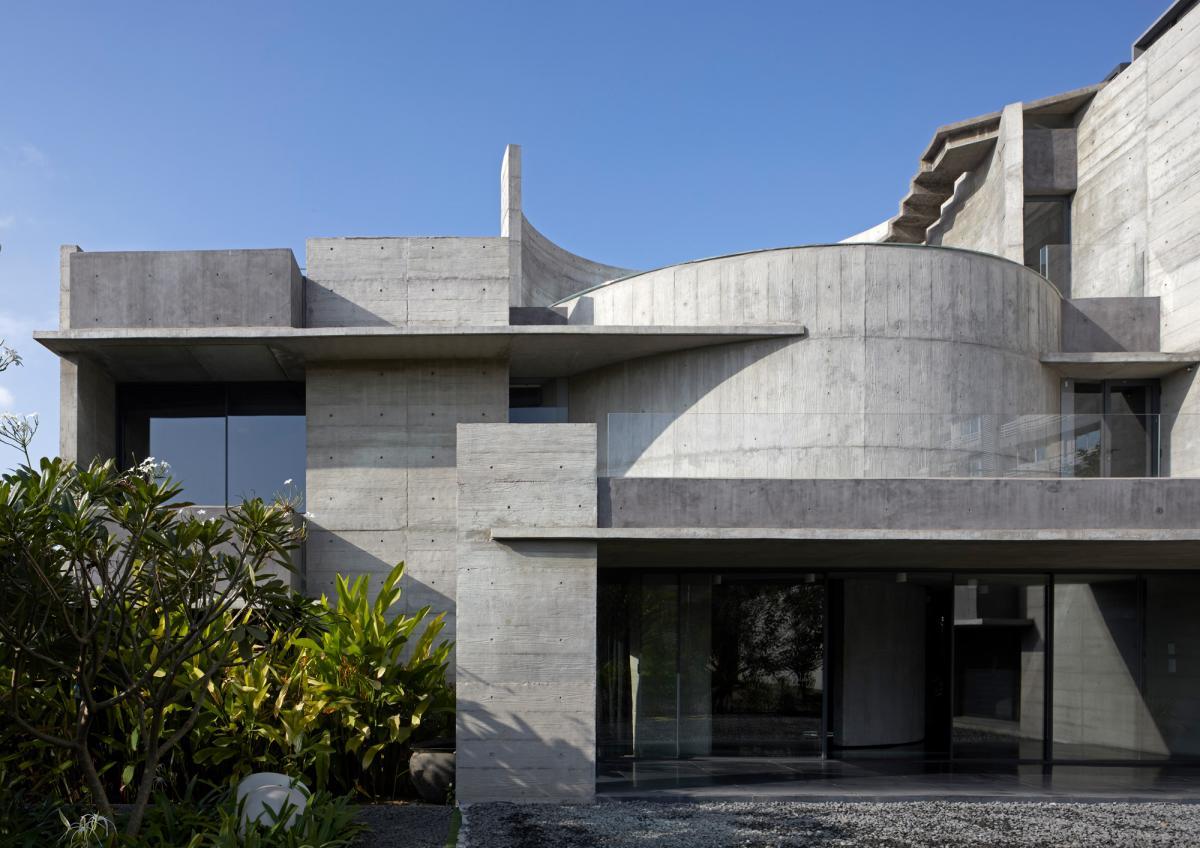
Inside the typical Indian home, you can usually find grandparents scurrying behind their grandchildren while business meetings happen in private quarters. In this part of the world, three – sometimes even four – generations often live under one roof, creating a complex interplay of daily lives. While cultural attitudes towards multigenerational living are gradually shifting, and families now often choose to set up independent units, Matharoo Associates, an award-winning practice based in Ahmedabad, Gujarat, has retained this traditional living arrangement in its latest project, Plain Ties. Set in Surat, a Gujarati port city known for its diamond-cutting workshops, Plain Ties is a sophisticated 9,130 sq ft residence that bridges modernity, tradition and a sense of experimentation. This is a house that places innovation at its core, quite literally. Gurjit Singh Matharoo, who founded Matharoo Associates in 1991, is known for his expertise beyond the world of architecture, designing motorcycles, cars and even mobile blood banks (W*125), which enabled the firm to create a circular central lounge with moveable concrete walls that skilfully divide and unify the rooms. Writer: Shawn Adams
07. This Japanese home is infused with 1960s optimism

Even before entering Japanese architect Naoki Terada’s private home in Tokyo’s primarily residential Suginami ward, you get the feeling that this Japanese house (and its owner) is something special. Staring at you next to the entrance is the oversized eye of an exact copy of the HAL 9000 interface from Stanley Kubrick’s 2001: A Space Odyssey. Terada’s HAL has been reprogrammed to function only as a benign video door phone, but the love of what the future looked like back in the late 1960s is evident throughout this Japanese home. ‘I love how people used to think of the future as something exciting to look forward to. These days, the future has a more bleak image, with climate change and other issues,’ Terada says. Writer: Jens H Jensen
08. Soaring ceilings define Tara Gbolade’s dramatic Timber House
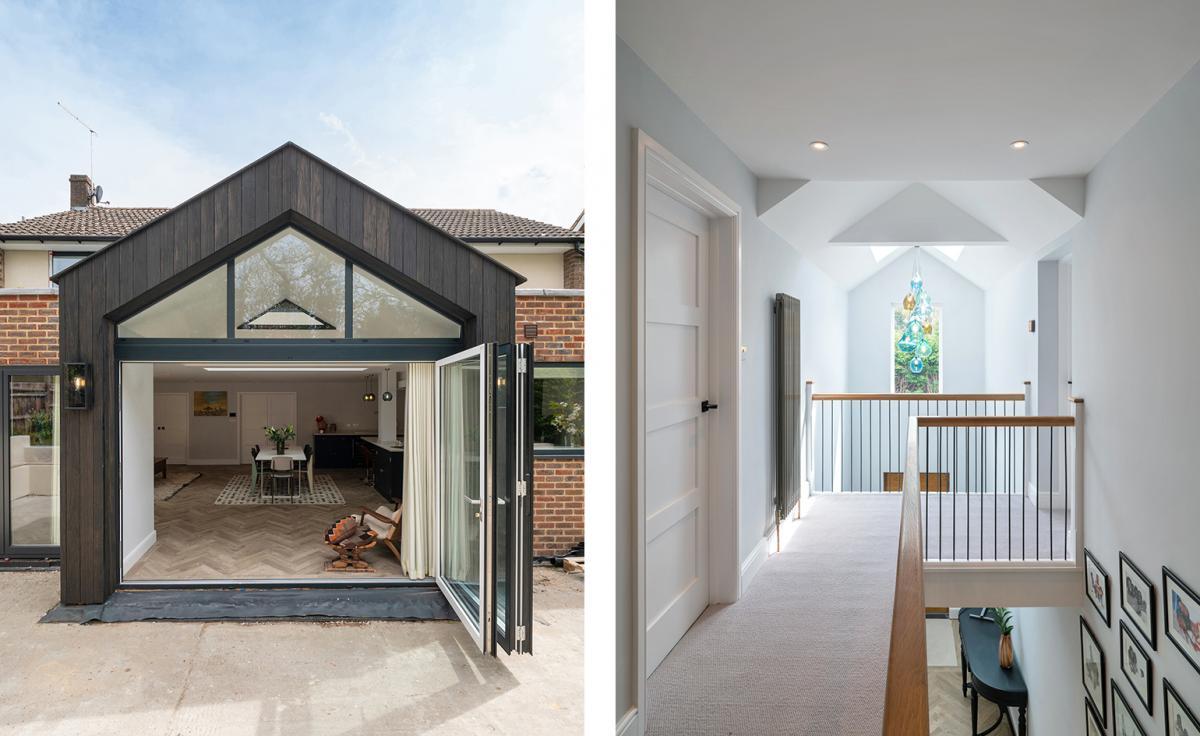
A1960s home in Chislehurst, Kent, in the UK, has been transformed with a dramatic extension by London-based Gbolade Design Studio. Headed by Tara Gbolade, the architecture practice created a bold new design, Timber House, which goes beyond pure aesthetics to enhance the building’s sustainability credentials and the architecture’s overall functionality. Clad in stylish dark timber and featuring a defining pitched roof, the house results from a commission to refurbish and extend a family home. The new structure may have changed the home’s spatial experience but it doesn’t feel alien within its context; in fact, its new shapes and size are proportionate, respecting its surroundings and the existing building. Inside, however, the space has been significantly upgraded, with the addition creating soaring double-height ceilings, angular feature interiors (which reflect the original and new pitched roofs), and an open-plan arrangement that encourages interaction and flexibility for the residents. Writer: Ellie Stathaki
09. The Rock is a home rooted in the Canadian mountains

London architecture studio Gort Scott’s newest offering blends design beauty and respect for nature. The Rock is a striking family home that was conceived as an architectural extension to the Canadian mountains. Rising from a series of landscaped levels cut into and built out of the mountainside, it generously comprises six bedrooms and a two-bedroom guesthouse. Nestled into the slope’s bedrock, the building’s concrete architecture helps root it in its place. From there, emerge three distinct ‘blades’ that enclose the living spaces, holding a timber structure above. Perched upon a distinctive rocky outcrop above Alta Lake, each room within the house is strategically located to make the most of key views from and towards the site, as well as solar orientation. The design supports the client’s deep appreciation of the site’s natural beauty, which was explored through sketching and observing the different weather conditions and times of day at the site. Writer: Nuray Bulbul
10. A tree grows in this Italian house that is at one with nature
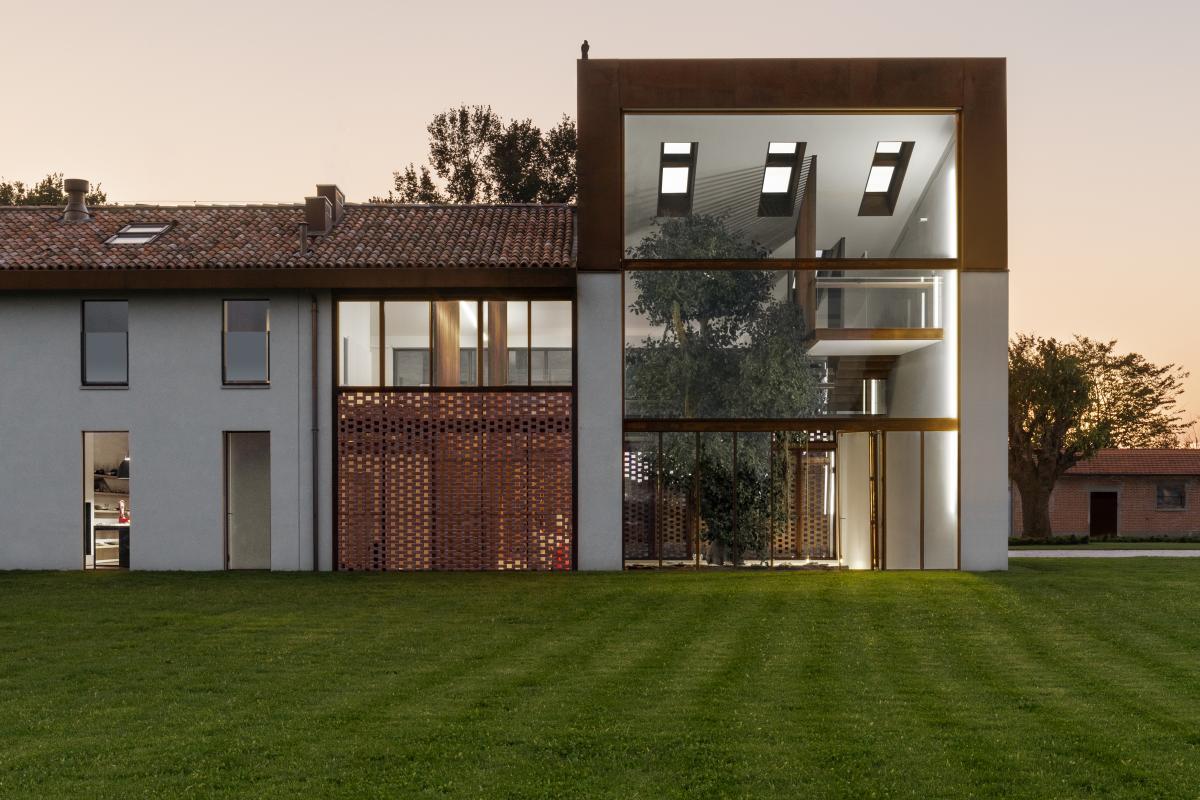
If you were passing by this house in the idyllic Parma countryside, you’d be forgiven for doing a double take; yes, that is a tree growing inside it. The Italian house does not necessarily stand out in other ways – through expressive shapes or unusual colours, for example – and it blends effortlessly into its landscape. Yet it’s a project borne out of the marriage of opposites, explain its authors, Italian architects Carlo Ratti and Italo Rota. Welcome to The Greenary, the sustainable family home of Francesco Mutti, the CEO of one of the country’s most famous food companies, the family-owned tomato empire, Mutti. The project came to the architecture team – Ratti and Rota each lead an independent practice, in Turin and Milan, respectively – after meeting the client through a competition to work on some parts of the Mutti factory. Mutti, Ratti and Rota hit it off and soon it was proposed that the architects (who in the meantime won the factory competition and are currently working on a few long-term projects on the campus) rework a humble, old residential building on the edge of the factory site into a family home. The existing building, a traditional structure made of brick, was in need of a facelift and extension, but most of all, it needed to convey the Mutti family’s way of living and values, particularly its strong connection to nature and the Italian countryside – as the company is rooted in farming and its location. Writer: Ellie Stathaki
Ellie Stathaki is the Architecture & Environment Director at Wallpaper*. She trained as an architect at the Aristotle University of Thessaloniki in Greece and studied architectural history at the Bartlett in London. Now an established journalist, she has been a member of the Wallpaper* team since 2006, visiting buildings across the globe and interviewing leading architects such as Tadao Ando and Rem Koolhaas. Ellie has also taken part in judging panels, moderated events, curated shows and contributed in books, such as The Contemporary House (Thames & Hudson, 2018), Glenn Sestig Architecture Diary (2020) and House London (2022).
-
 We asked six creative leaders to tell us their design predictions for the year ahead
We asked six creative leaders to tell us their design predictions for the year aheadWhat will be the trends shaping the design world in 2026? Six creative leaders share their creative predictions for next year, alongside some wise advice: be present, connect, embrace AI
-
 10 watch and jewellery moments that dazzled us in 2025
10 watch and jewellery moments that dazzled us in 2025From unexpected watch collaborations to eclectic materials and offbeat designs, here are the watch and jewellery moments we enjoyed this year
-
 Patricia Urquiola reveals an imaginative inner world in ‘Meta-Morphosa’
Patricia Urquiola reveals an imaginative inner world in ‘Meta-Morphosa’From hybrid creatures and marine motifs to experimental materials and textiles, Meta-Morphosa presents a concentrated view of Patricia Urquiola’s recent work
-
 The Rock by Gort Scott wins Best Private House: Wallpaper* Design Awards 2022
The Rock by Gort Scott wins Best Private House: Wallpaper* Design Awards 2022The Rock by Gort Scott scoops Best Private House at the Wallpaper* Design Awards 2022, selected from a shortlist spanning continents, settings, materials and approaches
-
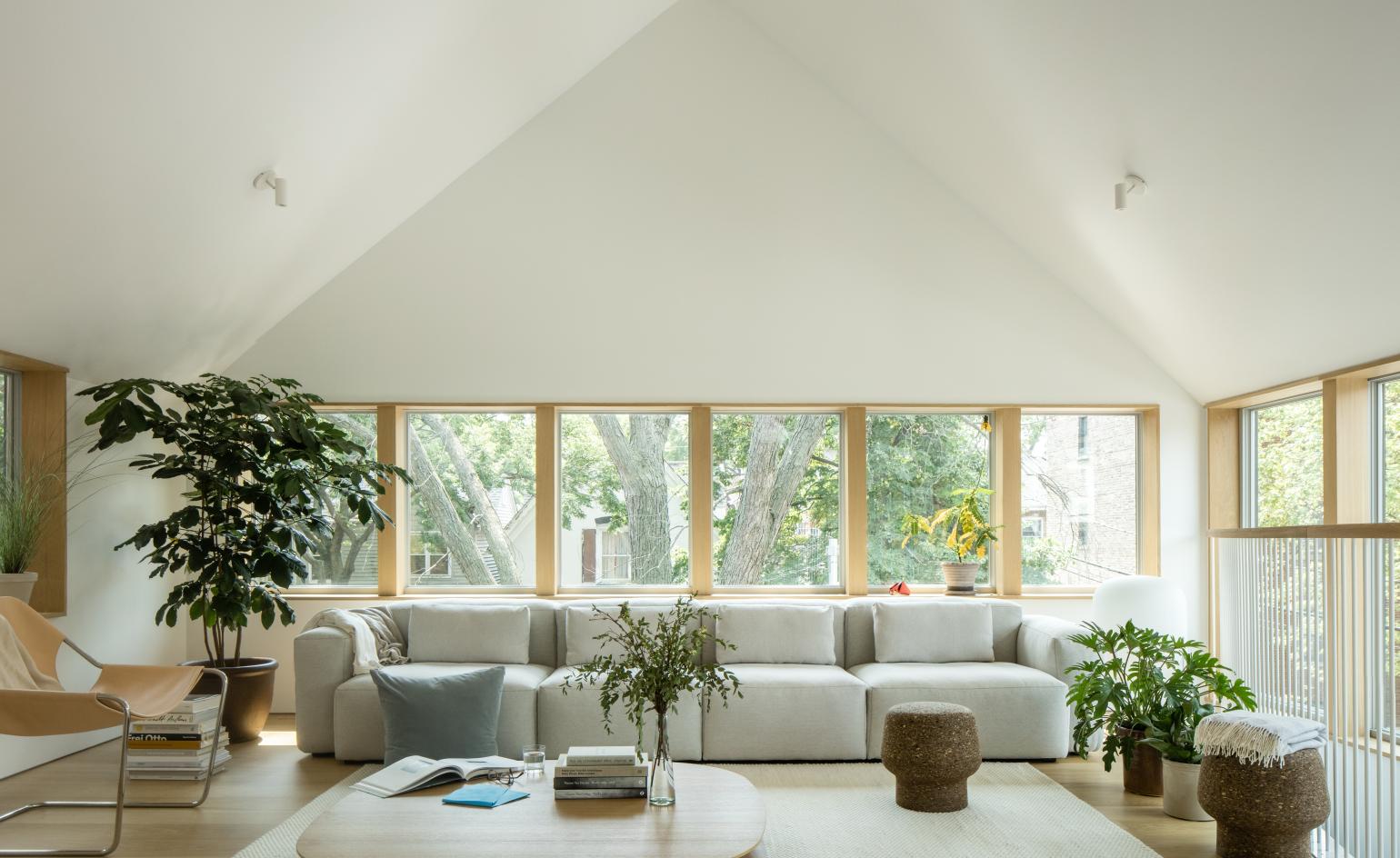 Chicago’s Kwong Von Glinow on optimism and architecture
Chicago’s Kwong Von Glinow on optimism and architectureThe American Midwest has been shaking up the world of architecture. As part of our Next Generation 2022 project, we meet ten emerging practices pioneering change, among them Chicago-based Kwong Von Glinow
-
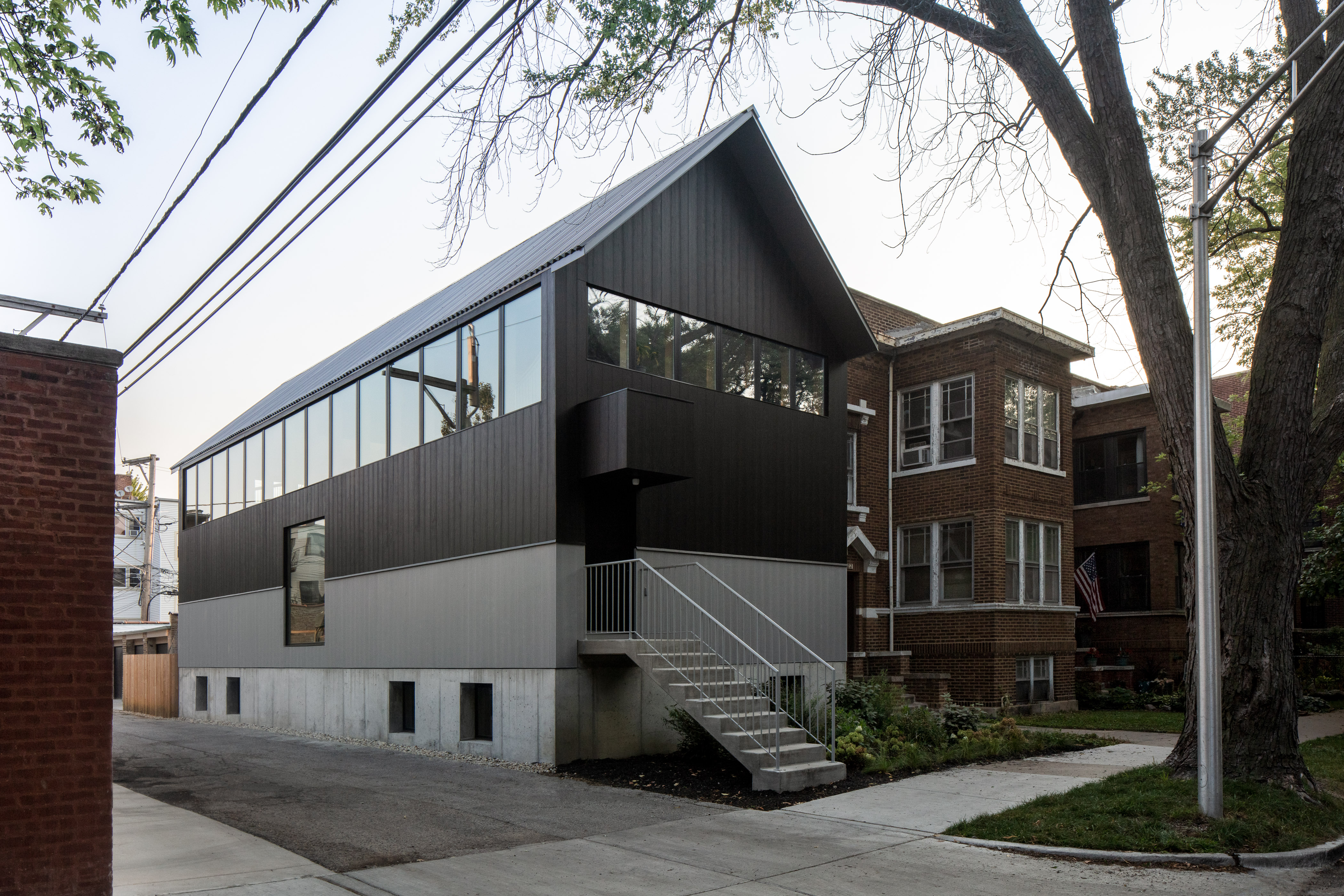 Chicago upside-down house turns convention on its head
Chicago upside-down house turns convention on its headChicago architects Kwong Von Glinow take a conventional pitched-roof house and open up the interior, transforming it into a dramatic, open plan space
-
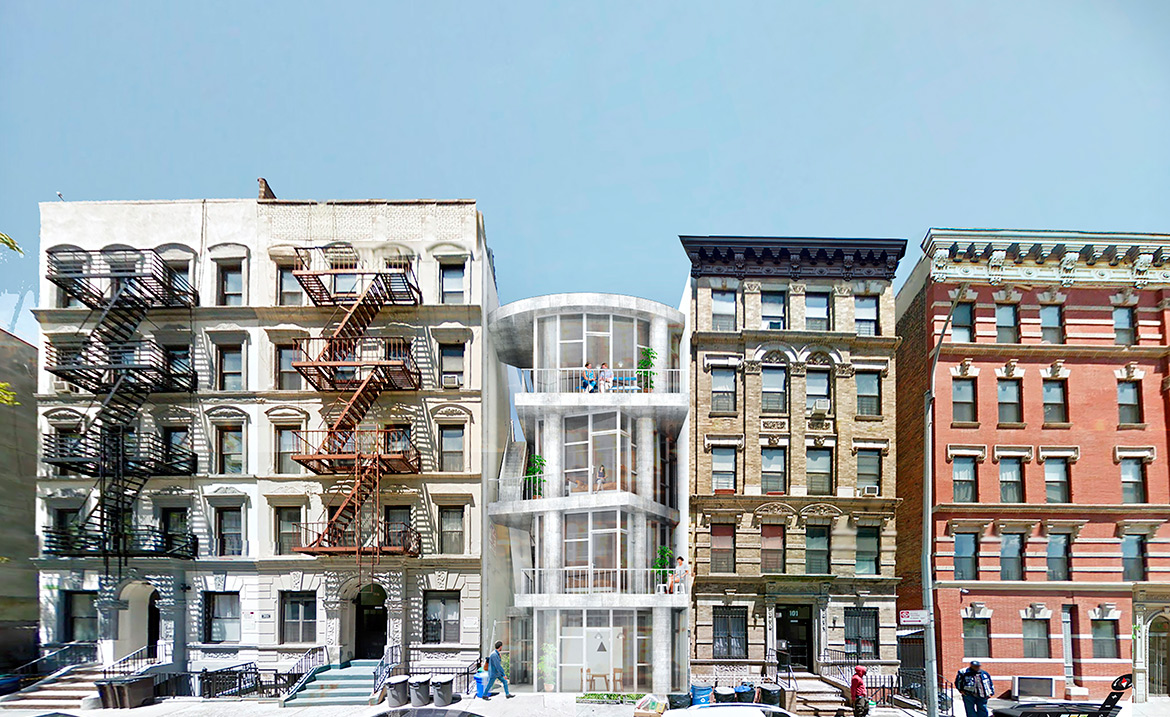 Kwong Von Glinow
Kwong Von Glinow